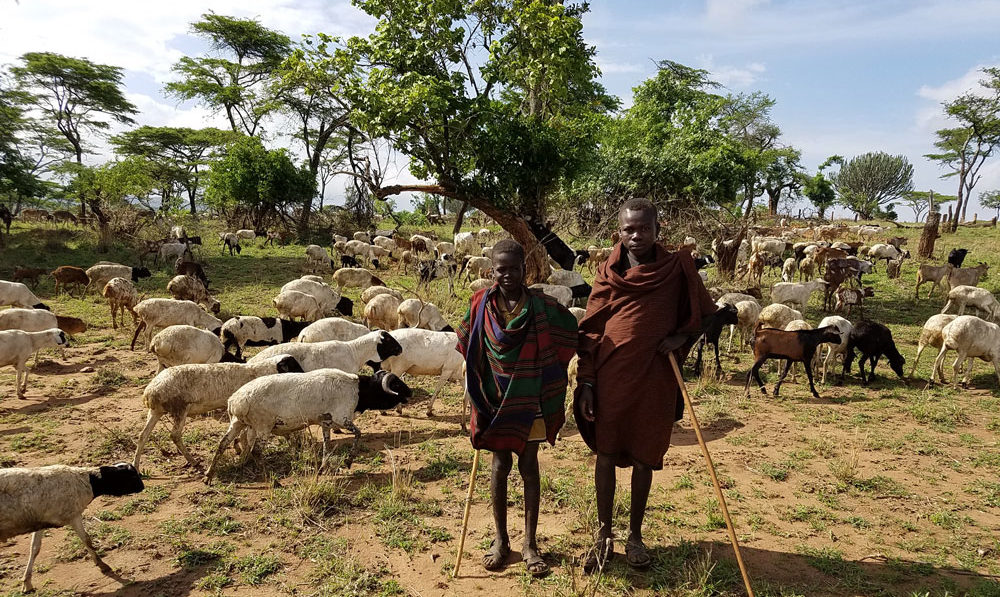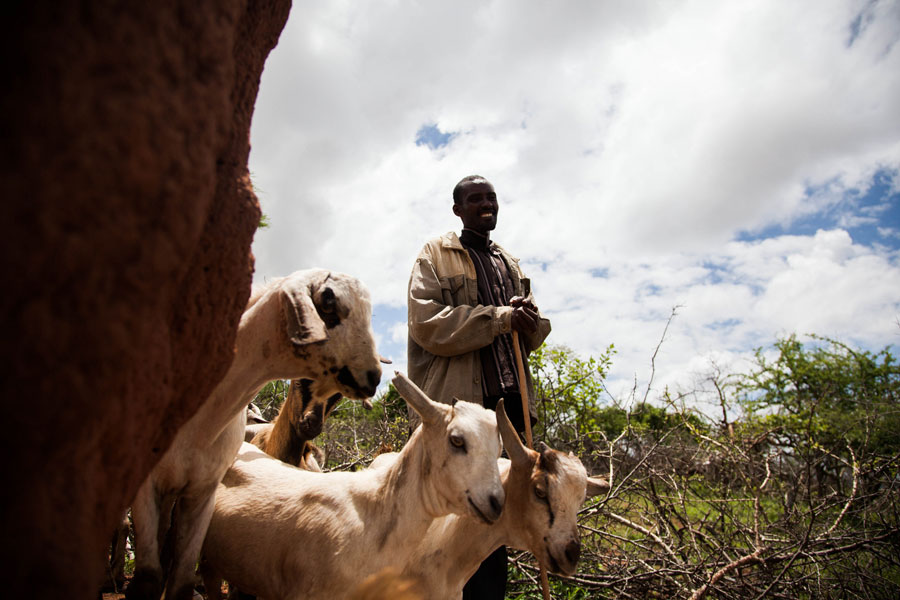Life can get hard in the drylands. Covering 40% of the Earth’s surface drylands are stamped by water scarcity and dwarfish plant cover. So, it is no wonder that people of the drylands turned to nomadic livestock herding to ensure food supplies. However, pastoralism is not only a means of production, it’s also a rich culture that emerged as a response to the unique environment. In the arid and semi-arid (ASAL) regions of Sub-Saharan Africa development challenges are magnified by population growth. Climate change exacerbates the difficulties even further, bringing about frequent exhausting droughts and sweeping floods. Most investments in the ASAL region focus on response to such disasters. However, according to the latest research, pastoralist can adapt to climate change and slide along development whirlpool if they gain resilience.
The Triple L research initiative investigates the land-use and livelihood transformations in West Pokot, Kenya, over the last three decades. Deborah Muricho, one of the researchers in this initiative has together with her colleagues examined 191 pastoralist households in West Pokot County. Through interviewing pastoralist households, Deborah and her colleagues identified key characteristics that effectively build resilience. These include road infrastructure, livestock improvement centres, access to education and indigenous learning and livelihood diversification options, like camel rearing and beekeeping.

